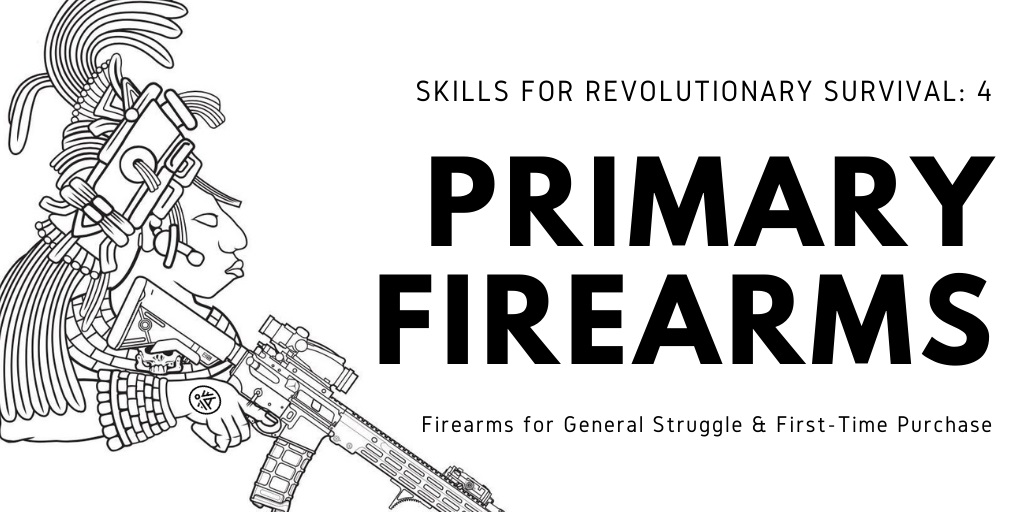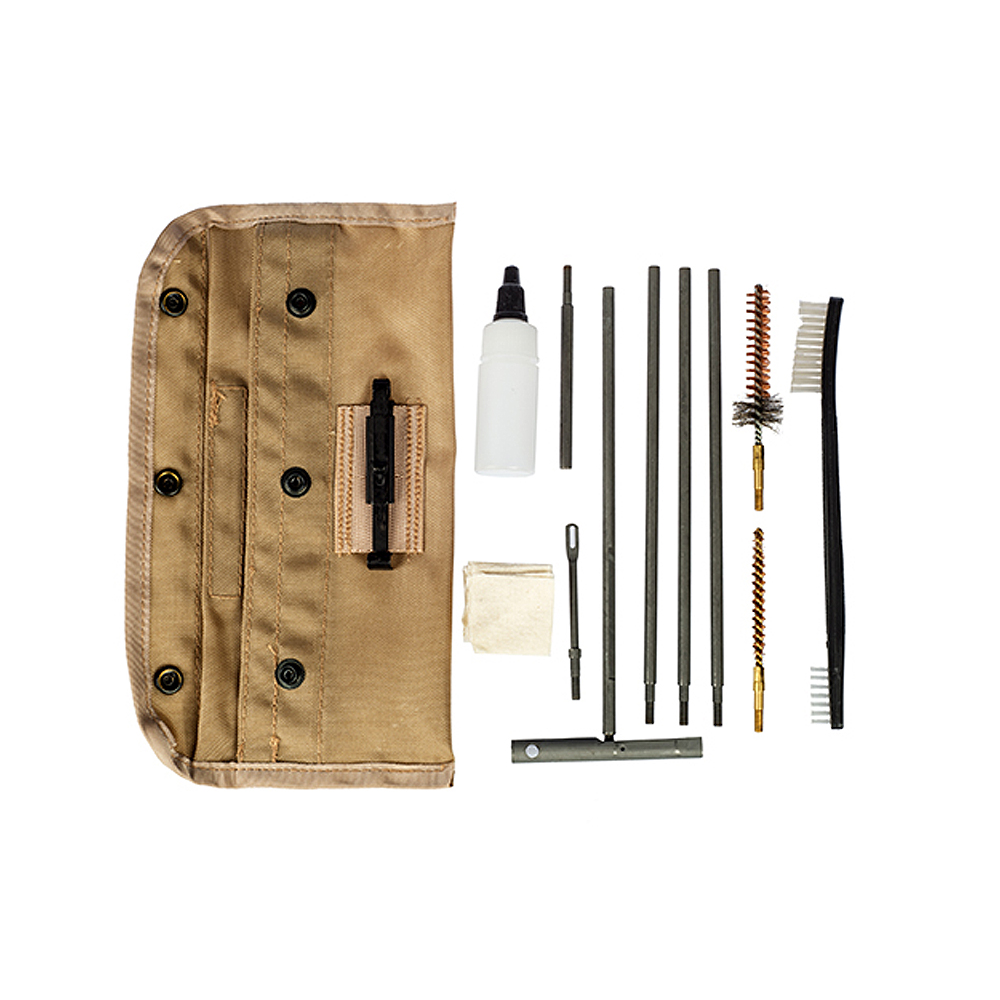By Eepa
The acquisition of arms is as old a revolutionary story as revolution itself. From Tupac Amaru to the Zapatistas, arms have been vital material components for liberation. American revolutionaries are uniquely positioned in the world to have access to affordable, quality, modern firearms for defense & action. The market for firearms in the US is so saturated with options, it can be intimidating to first time buyers to find the tool that will fit their needs. This article will discuss your options for a rifle, will break down the basic kit you will need, and will briefly discuss calibers and their uses. Lets start with some definitions:
- Shotgun: Any smoothbore (non-rifled) firearm that can shoot slugs or masses of pellets at short range.
- Rifle: Any shoulder fired firearm that imparts spin on a projectile to increase long range accuracy.
- Carbine: Any short rifle that is compact enough for carry in vehicles and in tighter urban spaces.
- Short Barrel Rifle (SBR): Under US law, any rifle with a barrel length under 16 inches and a shoulder stock. SBR’s are legally required to be registered with the ATF and permission is required to cross state lines. There is also a category known as ‘pistols’ which use a brace instead of a stock that is a loophole.
- Pistol Caliber Carbine (PCC): A carbine that uses pistol caliber ammunition (9mm Luger, 45 ACP) instead of rifle caliber (.223 Rem, .308 Win).
- Red Dot Optic: An optic that uses a laser to illuminate within the optic, where a projectile will hit. Unlike a laser sight, this will not be visible to anyone but the shooter. Contrary to the name, red dots can come in a variety of colors; red, green, amber, etc.
- Magazine: Often mistakenly called a clip, magazines are removable boxes that contain ammunition. This ammunition is held in place by a spring that pushes rounds upward, where the firearm can strip cartridges one at a time into the chamber of the barrel during firing.
- Sling: A fabric or leather strap used to carry a firearm when using your hands for other tasks or for holding the firearm for extended periods of time.
Firearm Options
Right off of the bat, most people think of firearms and picture in their head four iconic weapons, the AK-47, the M16/AR-15, the Colt ‘45’ 1911, and the Glock ‘9’. These are staples of movies and actual revolutionaries alike. With regard to rifles/carbines, the AK and AR platforms continue to have world-wide use. Which is right for you?
Rifles:
In America, the safest bet for reliability out of the box is an AR-15. America’s marketplace for AKs has filled with poorly made copies of the AK that are prone to failure and even explosion.
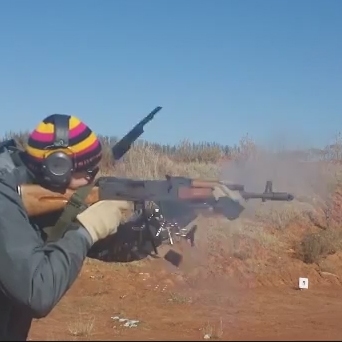

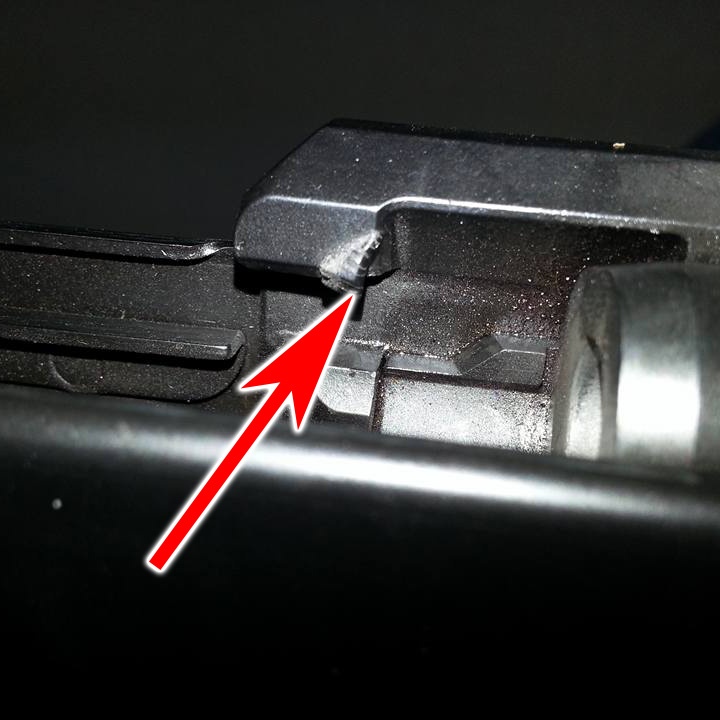


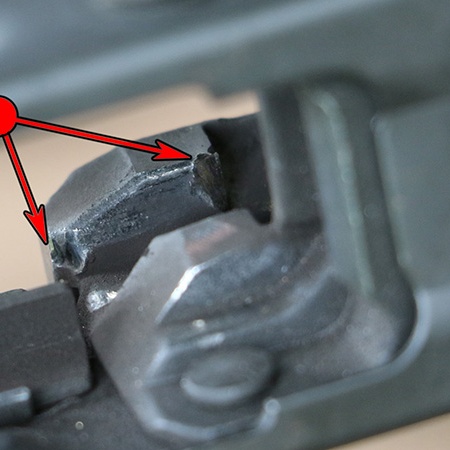
AKs are difficult to make, requiring extensive manufacturing capabilities. Even home built, selecting parts can be challenging because of the dimensional differences between AK variants. Barrels are difficult to install in a home garage. These rifles are good if you don’t have the option of an AR as they require little maintenance. They are, however, not as reliable in sand/dust/mud as an AR. AKs come in many calibers with common calibers being the 7.62×39 and the 5.45×39. The 7.62 cartridge is obsolescent, having a bad ballistic arc and heavy ammunition. The 5.45 cartridge is a modern cartridge that shoots flat and saves on weight. Unfortunately, the 5.45 cartridge is hard to get in military quality ammunition because of import bans. The closest you can get is an AK in the AR 5.56/.223 cartridge, but these use expensive proprietary magazines that vary based on the country the rifle comes from.
ARs suffer from none of these problems. AR-15s are simple firearms that can be assembled at home with little to no experience. Their parts are largely universal, they are ergonomic, and parts/tools are readily available. AR-15s can accept modern parts like red dot optics, flashlights, bipods without afterthought fixes that are not ergonomic. AR-15s are generally well built from forgings and some options in the $400 range are good to go. Make sure you get a rifle with a dustcover over the action. The forward assist is unnecessary. Flash hiders are a must. In ban states you can get the FightLite SCR, which gets around the ban but takes mostly normal AR parts and standard AR magazines. Important things to look for in an AR-15 rifle is a MPI (Magnetic Particle Inspected) bolt, which checks for any defects in the bolt, and a 1/7 or 1/8 barrel twist to stabilize any ammunition you may need to use.
If you would like to see some of these rifles tested in extreme conditions, check these out.
There are an array of other firearms that also have military service history and work fine, such as the PTR91/G3, FAL, HK33, Galil, VZ-58, SCAR, ARX100, etc., but if you can get a more common firearm for cheaper, it will help you logistically in the long run. Use what you’ve got, but keep things simple where you can.
What about Surplus?
Avoid buying surplus bolt action unless they are under $150. They are obsolete. Avoid buying WWII semi-auto designs like the SKS, SVT-40, AG-42, Hakim, FN-49, MAS 49/56, or G43 unless they are under $300. They are obsolescent and for some, if a part breaks you might be out of luck getting it back into the fight.
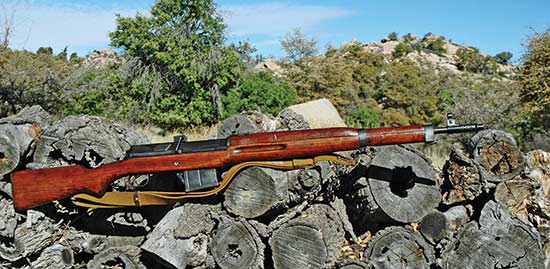
Barrel Length
For most people, the 16 inch barrel carbine will fit your needs well. Good velocities at medium ranges up to 600 yards, it is also compact enough for vehicle transport and moderately confined spaces. If you are in an urban setting and need to have more concealability, we would recommend getting an AR/AK pistol with a brace. For the AR, do not go smaller than a 10.5 inch barrel. For the AK, don’t go smaller than the 8 inch barrel. These can be carried in gym bags, backpacks.
Deep Concealment Weapons
For the ultimate in concealed carry, pistol caliber carbines (PCCs) in pistol form with a brace can be kept under a jacket at the hip for rapid access from concealment. These are generally chambered in 9×19 Luger and are good for ranges up to 100 yards. Only recommended in situations where concealment is paramount.
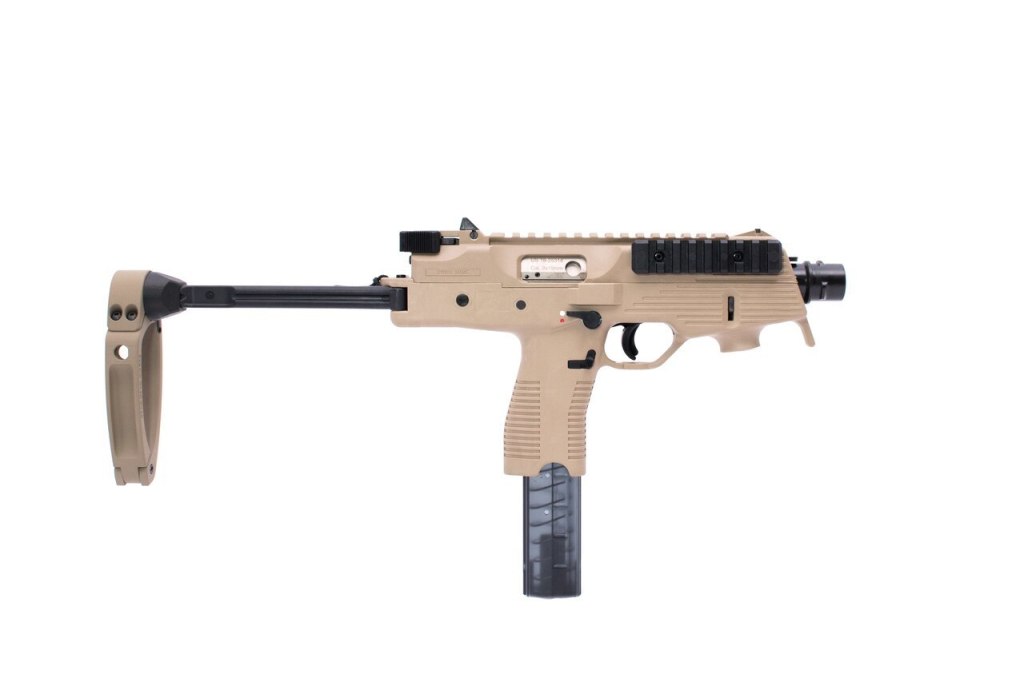
Pistols should be considered last-ditch weapons. Under stress and at any kind of range, they are difficult to use. They are still essential backups and should be practiced with regularly, they just shouldn’t be your primary firearm.
Shotguns
Shotguns have some utility for breaching doors or shooting down drones, but their primary function is hunting for food to sustain a camp. Take that into consideration when you shop for a shotgun.

Long Range
There are other more specialized rifles we will discuss in a coming article about long range shooting for general marksmanship in mountainous terrain, Designated Marksman Rifles (DMRs), and anti-material rifles
Basic Rifle Kit
The basic rifle kit is everything you need to use your weapon. These are the parts of this kit:
- Rifle
- Minimum of 8 Magazines, 30 Round Capacity
- Sights; Red Dot & Backup Iron Sights
- Sling: Two Point
- Cleaning Kit
- Ammunition: 500 rounds duty, 1000 rounds training.
- Range Notebook
- IFAK
Rifle: Make sure that the rifle you purchase is in working order. Check that the action is smooth, that the sights are not canted/off-center, that the handguard/ pistol grip is secure, the muzzle device (flash hider or muzzle brake) is secure, that the barrel is rifled and clean, and that there is light lubrication on all moving parts. Paint your rifle to conceal it in your environment; get a can of the hunting matte paint. Tans for arid areas and prairies, greens/browns for forested and vegetated areas. Black sticks out in almost any environment. Remember, this is a tool, not a fashion object. You don’t have to be an expert painter to get the job done.
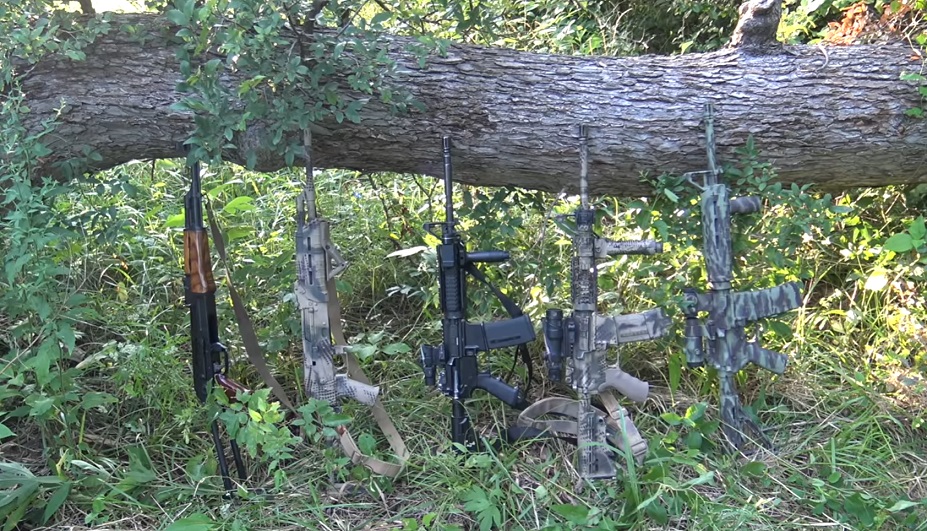

2. Magazines are a required part for operation. Metal magazines are prone to failure at the feed lips if dropped. Magpul Gen 3 PMags are the most reliable option on the market for the price. Aluminum magazines are good for practice, but can be a source of malfunction without clear signs of failure. When polymer magazines fail, it is clear to see, and easy to discard. Magpul & Lancer are the only good polymer AR magazine manufacturers out there right now. Don’t gamble with your life using cheap magazines. Avoid surplus AR magazines at all costs! Be sure to number your magazines with a paint pen. If you start getting malfunctions with your rifle, check which mag number it happens on. If that becomes a consistent problem mag, destroy/discard it.

3. Sights: Red dot sights dramatically increase the speed of fire for even experienced shooters. For new shooters, it provides a rapid route to marksmanship. Quality red dots can be dropped on concrete, submerged in water, and be left running for months without damage or going dead. Right now, the recommended budget options would be Holosun, Sig Sauer, and Primary Arms. For high end, look at Trijicon MRO or the Aimpoint T2 or CompM5. Some like the Holosun have solar panels built-in allowing for years of use without a battery change.
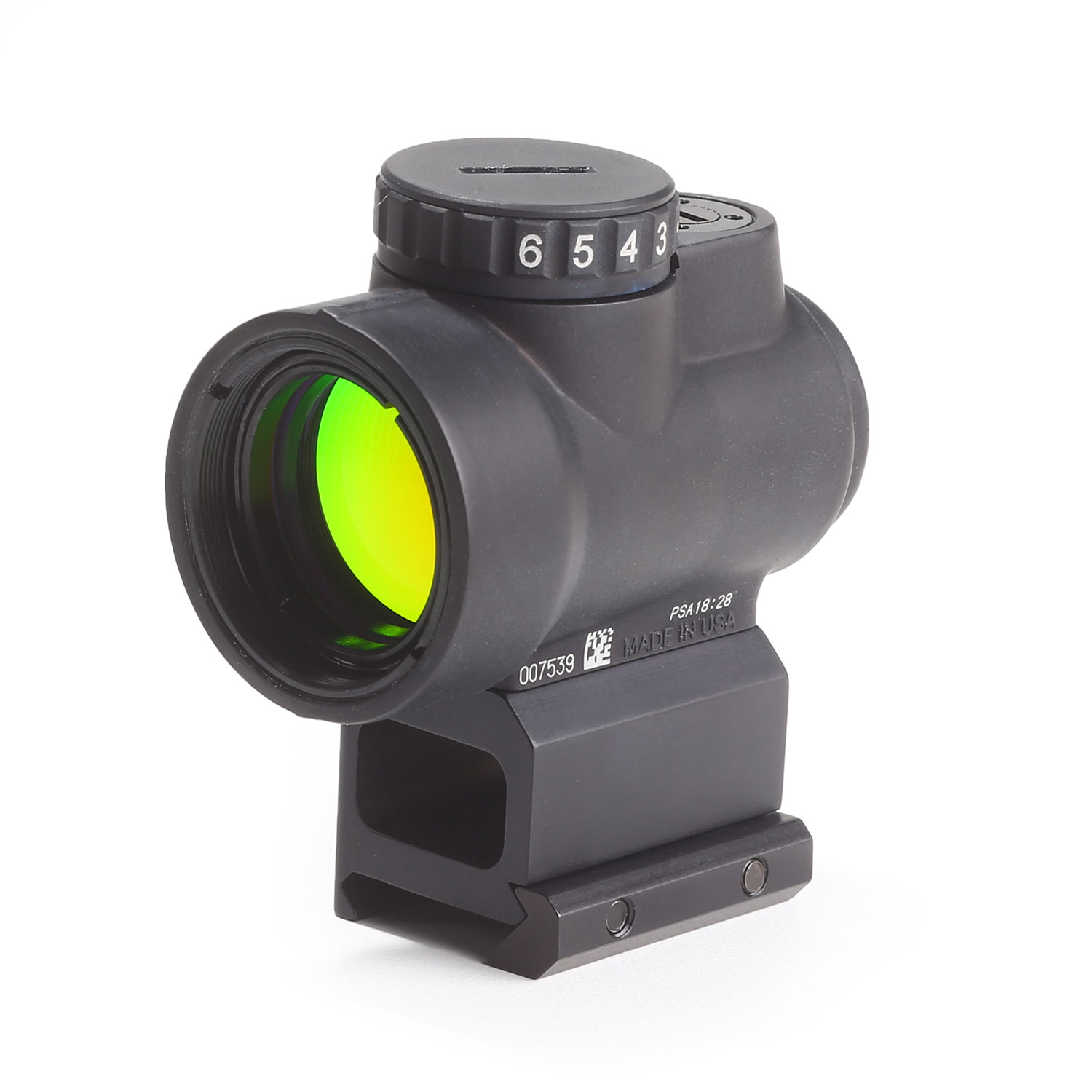
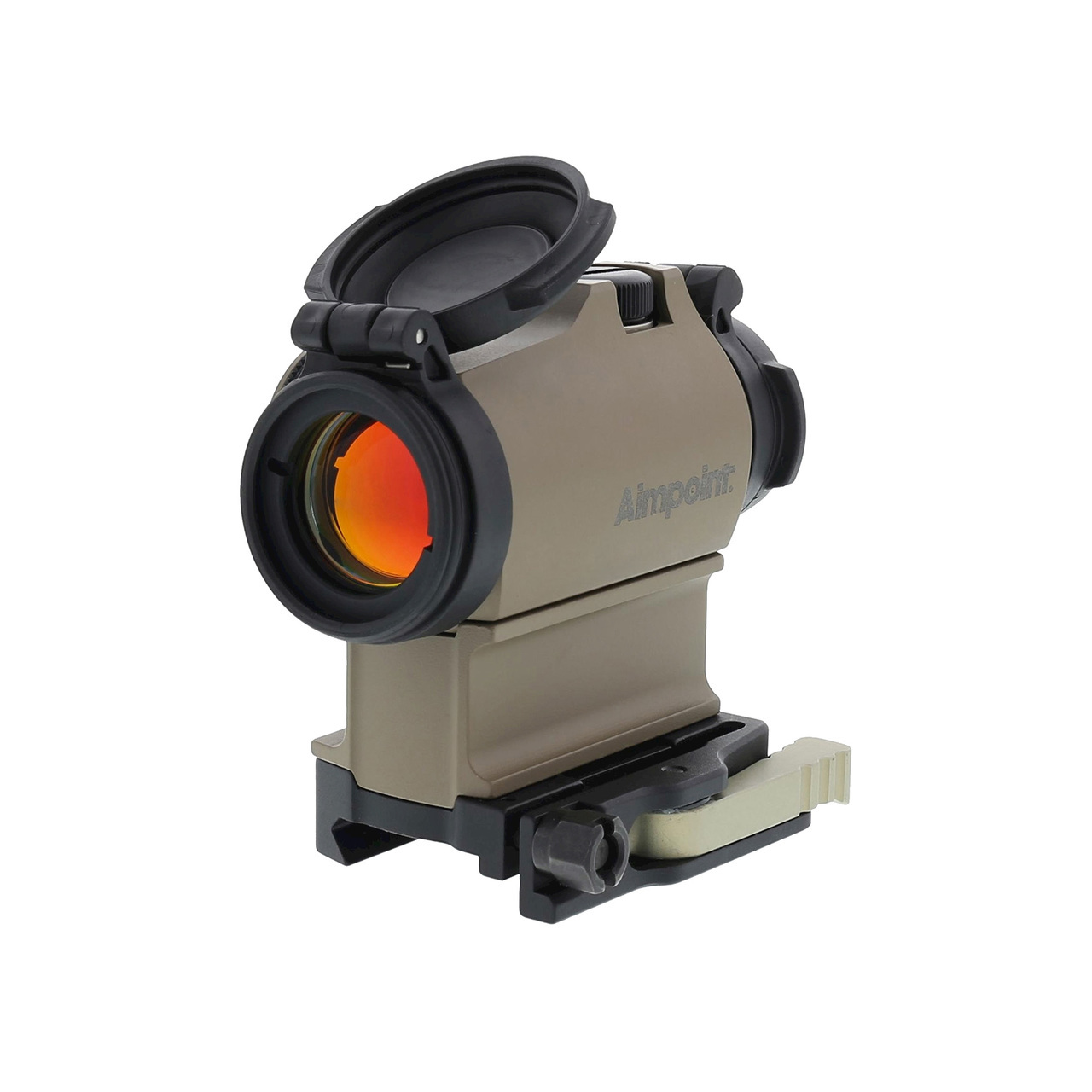

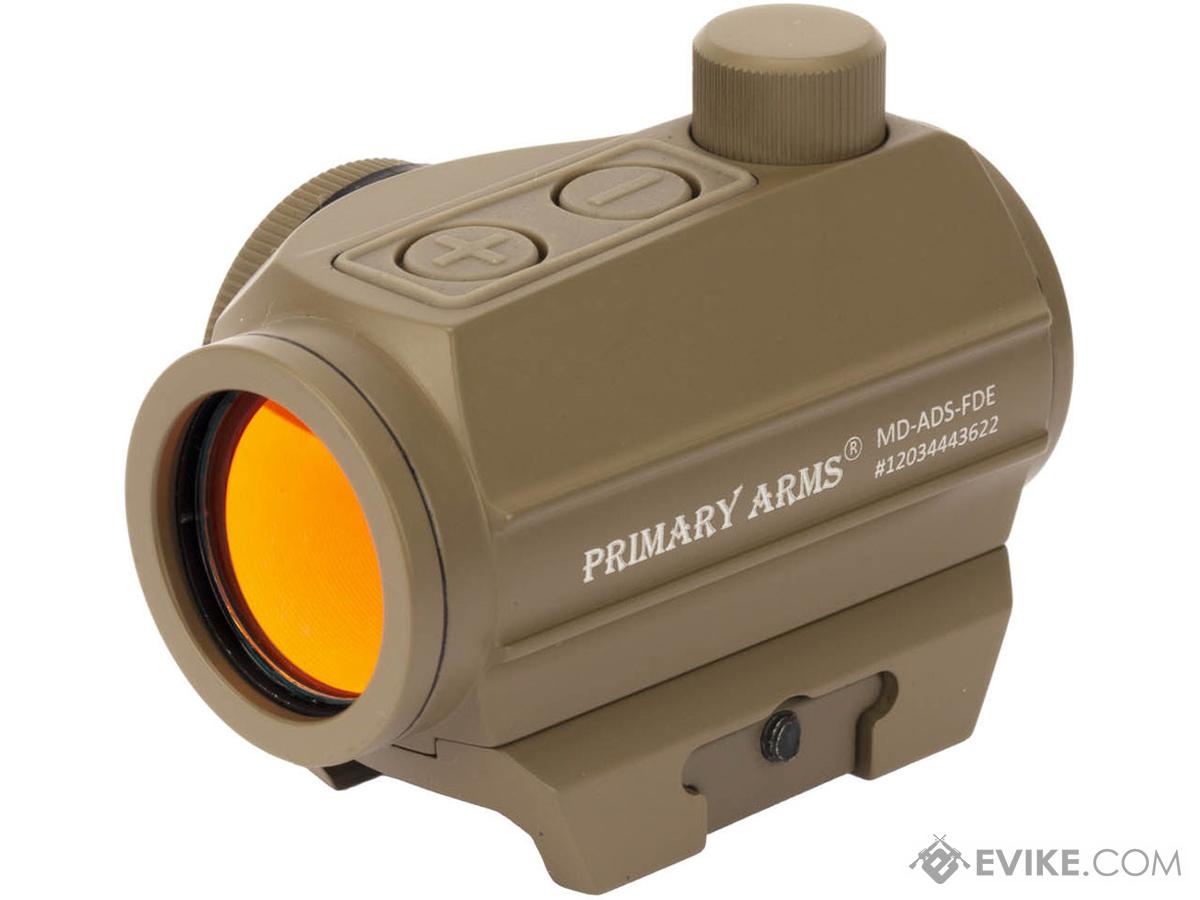

Red dots are good for ranges up to 300 yards & up to 500 with a 3x magnifier. For range over that, a variable power optic is preferred, usually a 1-6x or 1-8x. The Primary Arms ACSS reticle is designed to allow you to automatically account for bullet drop and to get the ranges of a target without a rangefinder. Major force multiplier.

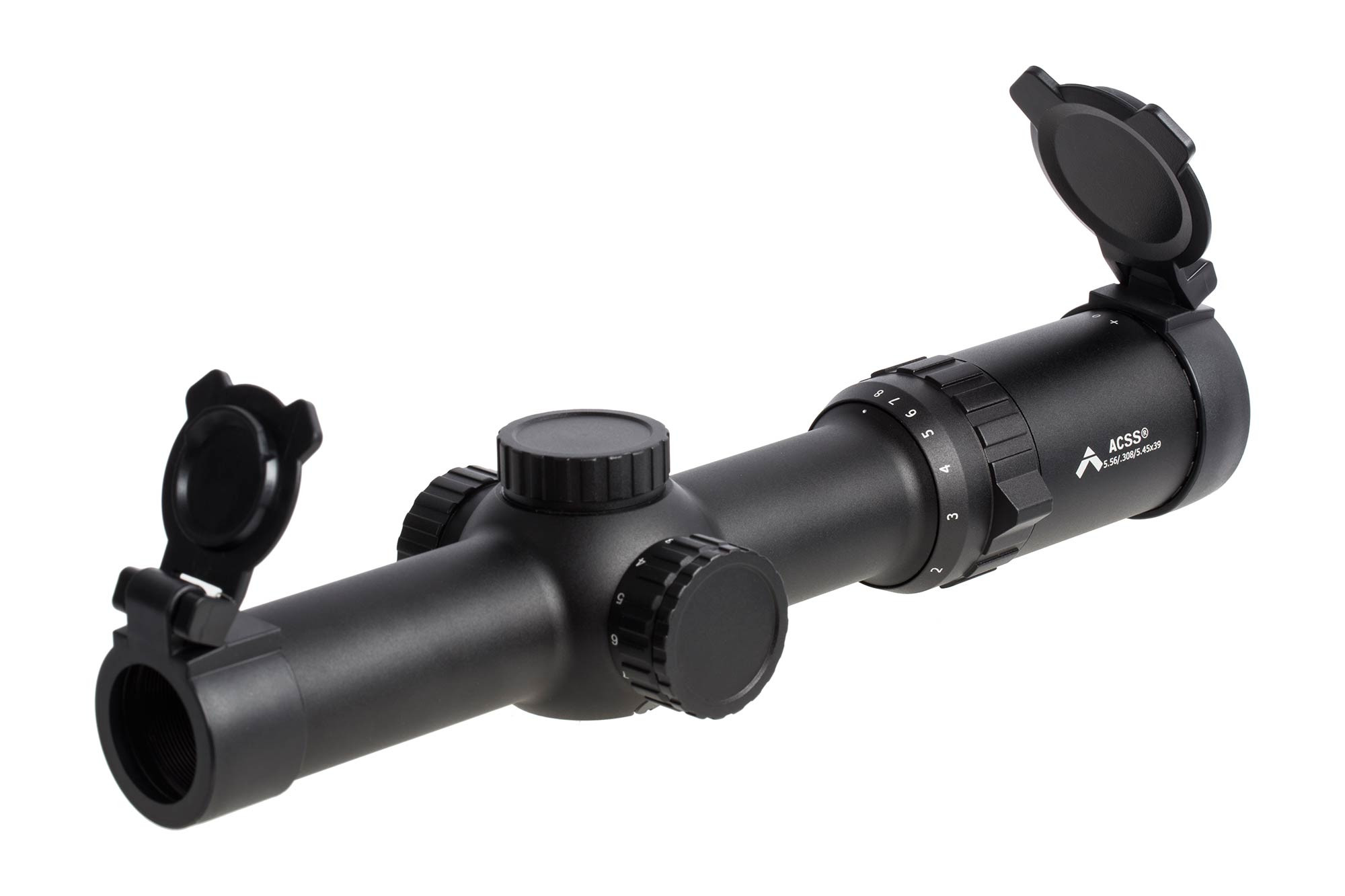
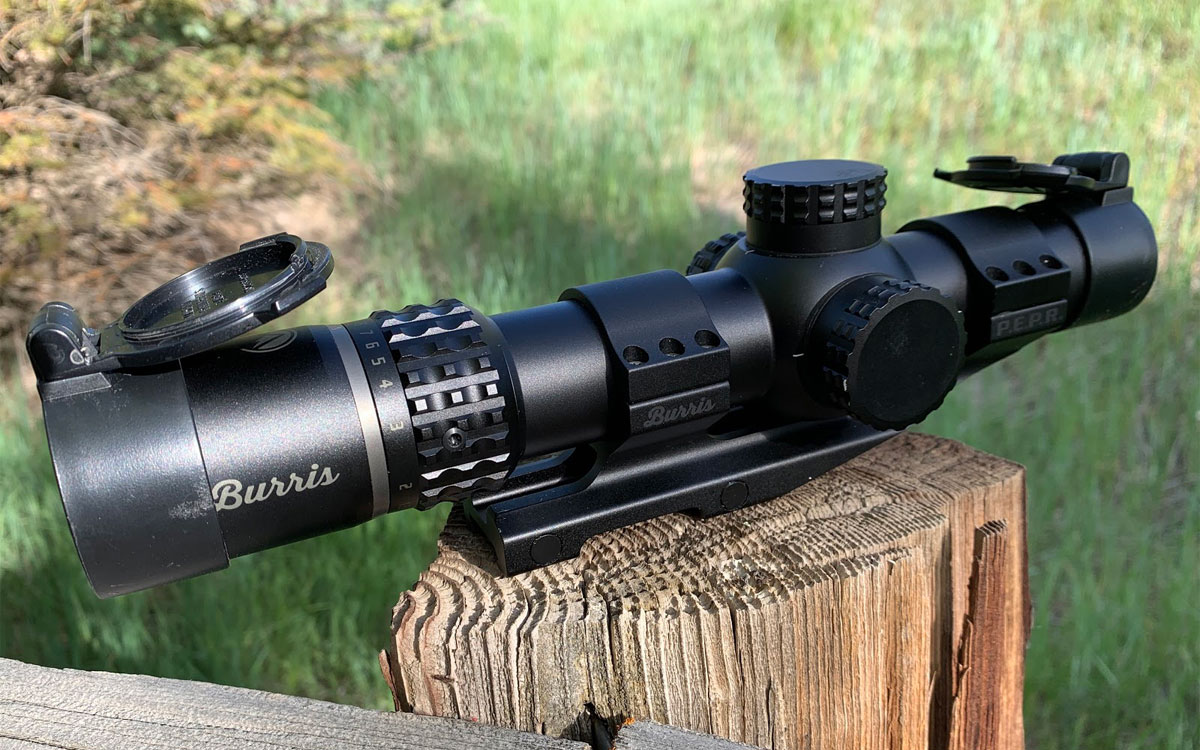
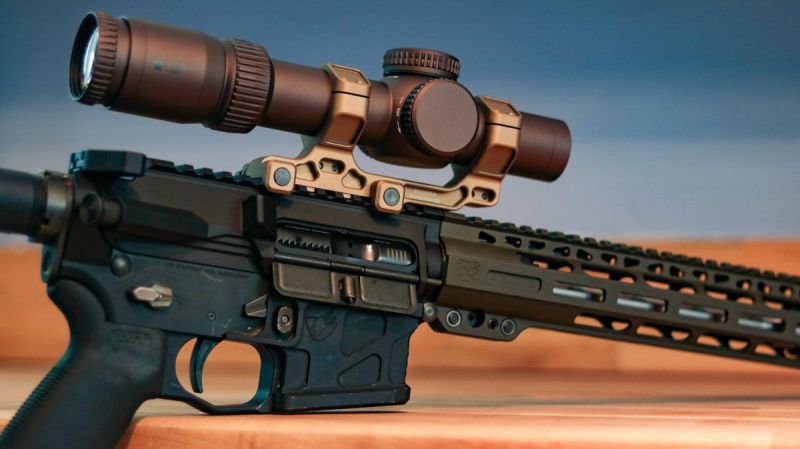
Back-Up Iron Sights (BUIS) are exactly what they say they are. They are non-electric, mechanical backups. While they are not required, they are good insurance. They are also an indispensable teaching tool for new shooters. Getting good with iron sights will teach you more about breathing, trigger pull, and posture than optical sights ever will. Folding iron sights will keep the sights out of your sight picture when not using them.
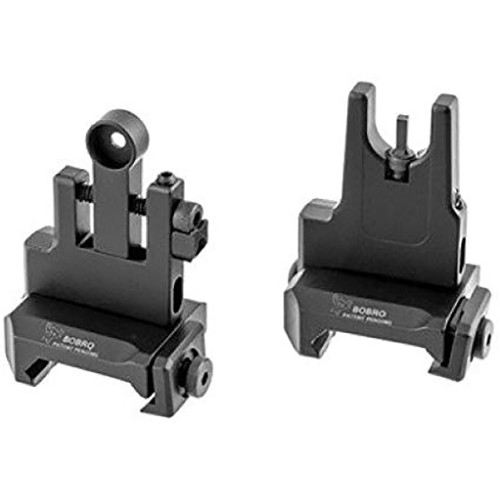
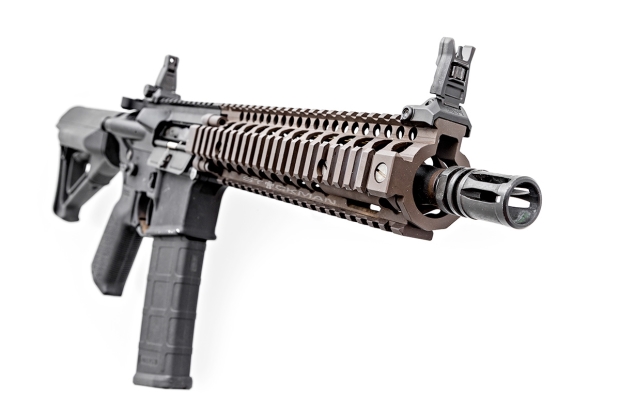
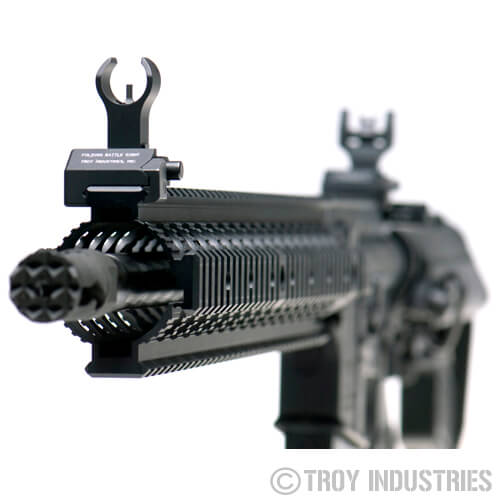
4. Sling: Carrying your rifle for more than 30 minutes will find you wanting for a sling. Slings are also useful for bracing your rifle, increasing accuracy when firing from a standing position. There are a bunch of sling types, single point, two-point, three-point., etc. Just stick with the two-point. You can use it for patrol and you can sling it over your back if you need to climb a ladder or a rocky escarpment. Rapidly adjustable slings like the VTAC are easy to use and can be adjusted to the situation.
5. Cleaning Kit: The ability to clean your rifle and clear malfunctions is paramount. Even the AK benefits from regular cleaning. Most malfunctions come from lack of cleaning or bad magazines. A USGI kit is a cheap simple kit. OTIS makes some nicer kits that come in organizers. Just make sure you get a rigid cleaning rod. Cleaning barrel obstructions require a rigid cleaning rod.
As for lubrication and solvent, don’t get too caught up in the marketing. Use an actual lubricating oil, not WD-40. Apply sparsely in arid/dusty climates, apply more liberally in wet climates. Solvents are meant to break down carbon/lead fouling and for some, copper fouling. For general field use, use a carbon/lead fouling solvent.
6. Ammunition: Training ammunition is meant to be cheap. NEVER BUY RELOADS. This is the number one cause of weapons explosions from ammunition. Cheap training ammo can be found on websites such as ammoseek.org. Russian steel case ammo is underpowered and dirty, but it makes for excellent practice ammo. You will experience occasional failures to fire. That’s good. It teaches you to quickly clear and return to firing. Wolf, Barnaul, Brown Bear, Golden Tiger, Tulammo are good brands for training ammo.

Duty ammunition is meant to be reliable and accurate. Some indicators of duty grade is sealant around the bullet & primer to keep moisture out, crimped primer pocket and case neck, brass case, and copper bullet jacket.
- 5.56 NATO ammunition, get 75-77 grain ammunition, Black Hills if possible. This is the gold standard for duty ammunition. 62 Grain M855 ammunition is an alternative and 55 grain military ammunition is also fine.
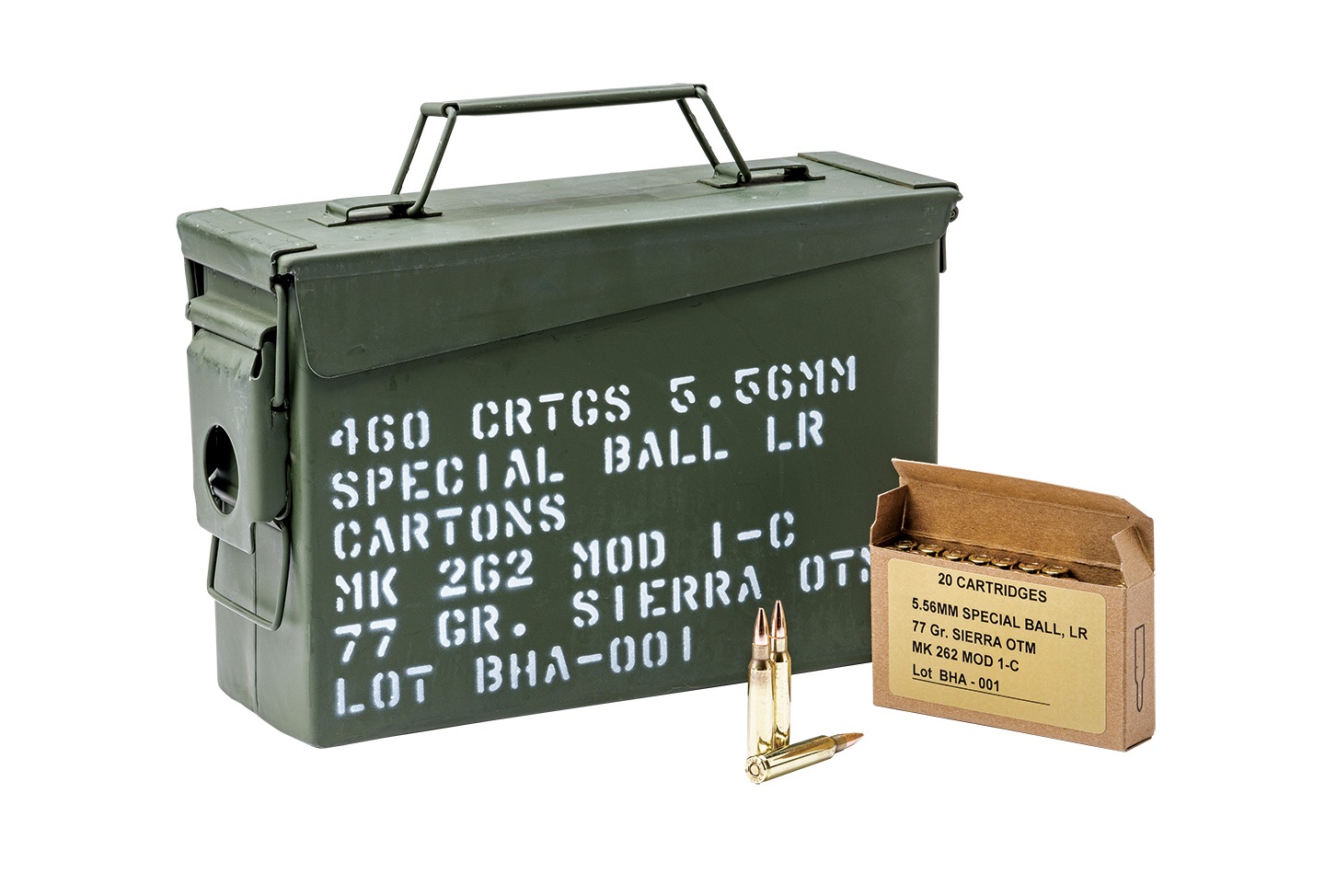


- 9mm ammunition, get 124 grain Jacketed Hollow Point (JHP). Modern JHPs like Federal HST are much better than older bullet designs for penetration, lack of over-penetration, and lack of fragmentation.
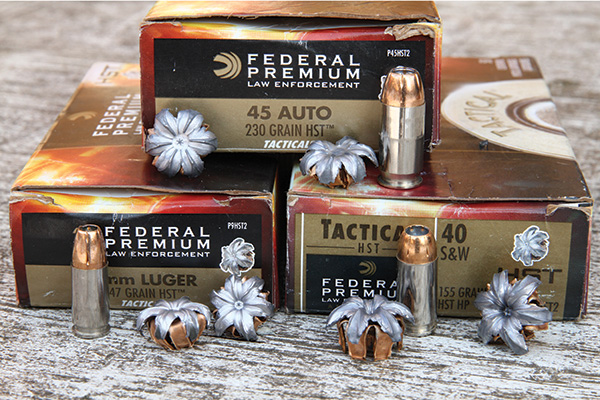
7. Range Notebook: If you aren’t recording your shooting, you have no way to track your progress and to see if your learning is translating to improved shooting. Document groups from drills. Notice you are pulling to the right consistently? Might want to keep practicing trigger-pulls in dry fire drills. Notice that your times to complete a shooting stage are stagnating? Might want to consider practicing rifle handling and target transitions. You notice your scope needs to be adjusted for elevation after every range trip? Might need to get your scope repaired or replaced. Range notebooks are important and often overlooked tools.


IFAK: You need one, even without a rifle. With a rifle, you need it even more. Check out our article on IFAKs here.
Conclusion
Take your time to research new purchases and check for reports of problems before you buy. Treat your equipment as tools and care for them.
At the end of the day, work with what you have. Don’t go spending thousands of dollars constantly chasing better. Get good with what you have, only improve gear if it will be more durable or ergonomic. Don’t be the person with 5 rifles and only a few hundred rounds of ammo. If you have additional rifles, be ready to part with one the moment a comrade needs one who can’t afford one.
Get trained and practice. Sign up for tactical two-gun matches if you can. Don’t go to win, go to stay fit, get faster, and test your equipment’s shortcomings. Read. Read as much as you can about tactics, small unit and individual. Watch videos from reliable sources. Talk with comrades who have combat experience.
Most of all, be humble, be safe.
